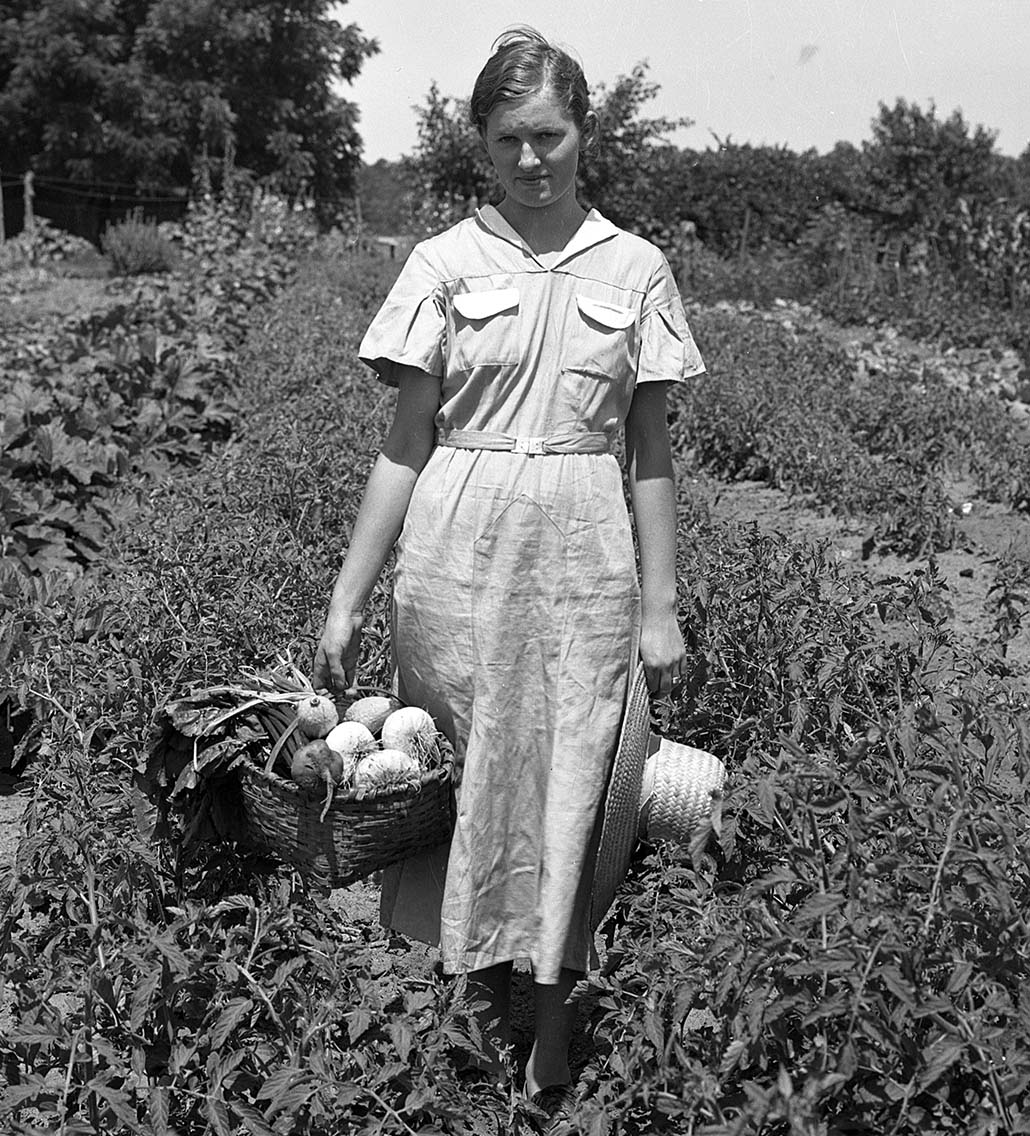For as long as there have been portable cameras, University of Georgia Extension agents and Extension photographers have used them to help identify crop diseases, demonstrate best farming practices and document community events.
With at least one agent in most Georgia counties, UGA Extension agents and their photographers have produced a collection of more than 60,000 sleeves of negatives. For the first time, some of these photos are available to the public online through the Digital Library of Georgia.
“The 100-year history of UGA Extension is the history of thousands of individual Georgians who spent their youth at 4-H summer camps, helped to organize an Extension field day or hosted a demonstration field for their community,” said Beverly Sparks, associate dean for Extension in the UGA College of Agricultural and Environmental Sciences.
“These photos tell the stories of the Georgians whose lives and livelihoods were touched by UGA Extension over the past century and illustrate the vital role that UGA Extension has had in shaping Georgia’s history.”
Pictures of crops, livestock, more
The first 1,292 photos of the collection were released this month and are available at http://dlg.galileo.usg.edu/CollectionsA-Z/caes_search.html. This first set of photos contains numerous shots of grain crops, livestock shows and forage fields from across the state. The bulk of the prints date from the 1930s to the 1960s, but some are from as early as the 1900s.
Archivists are busy scanning and cataloging the rest of the negatives and documents that are in the UGA Extension collection. Each negative sleeve contains between one and 20 negatives. The size and scope of the collection provides an excellent photographic record of Georgia folk life and farm life, said UGA archivist Caroline Killens, who is managing the project.
“What makes this collection so valuable is that many of the photos came with some type of documentation,” Killens said. “Many of these negatives came with notes about the event and subject of the photos and often with the place where they were taken and the photographer’s name.”
Photos and descriptions
Since many of the sleeves of negatives contain images covering a broad subject area, archivists started by grouping the sleeves by subject and assigned them a file header. The descriptions have helped immensely as the library staff starts to scan and catalog the photos, Killens said.
CAES and UGA Extension communications and information technology staffers collected the photos from an old storage room in the basement of the Hoke Smith Annex building on the UGA campus in Athens. There were boxes of negatives, but also important paper documents and older glass photographic slides.
“Someone at some point had started the process of archiving them, but the project was never finished,” said Brian Watson, the college’s associate director of information technology.
Watson contacted Killens at the library as the Hoke Smith Annex basement was reorganized to provide more office and workroom space. College administrators provided funding for a student worker, a computer and a scanner so the images could be digitized at the library and made available to the public. Many of the photos were used as part of UGA Extension’s centennial multimedia exhibit, both online at 100years.extension.uga.edu and in the rotunda of the Richard B. Russell Building Special Collections Libraries.
History through images
In addition to prints and negatives stored in the Hargrett Rare Book and Manuscript Library in the Russell Special Collections Building, the University Archives collaborated with the Hargrett imaging lab and the Digital Library of Georgia to make the photographs available to the public. The Digital Library of Georgia includes digitized and searchable versions of newspapers, photographs, books, official documents and other pieces of Georgia’s history.
“I think many people will enjoy these, not just those who are interested in agriculture,” Killens said. “There are a lot of photos in this collection that people have never seen before. People researching their genealogy or the history of their town or county will find a lot of information in this collection.”
The Digital Library of Georgia is part of the Digital Public Library of America, a network of local digital archives houses more than 7 million photos and documents from museums, archives and libraries across the county.
UGA Extension, originally known as the UGA Cooperative Extension Service, was founded in May 1914 through the Smith-Lever Act, a federal law that established and funded a state-by-state national network of educators to bring university-based research and practical knowledge to the public.
Today, UGA Extension has a presence in 157 of Georgia’s 159 counties. For information about the UGA Extension centennial, see 100years.extension.uga.edu.







